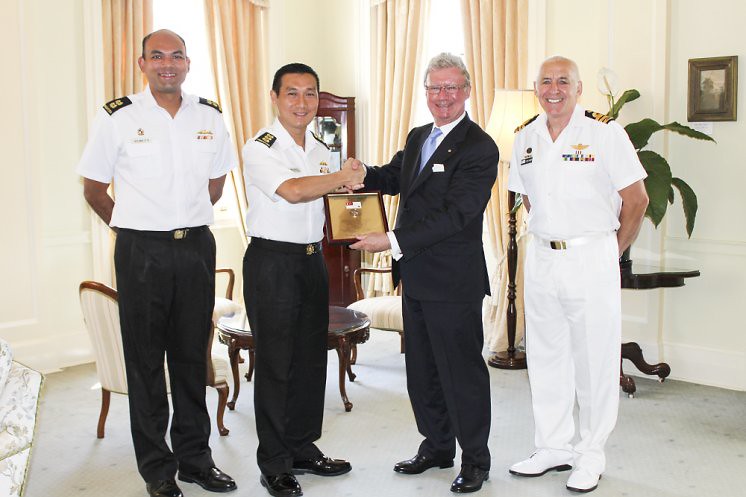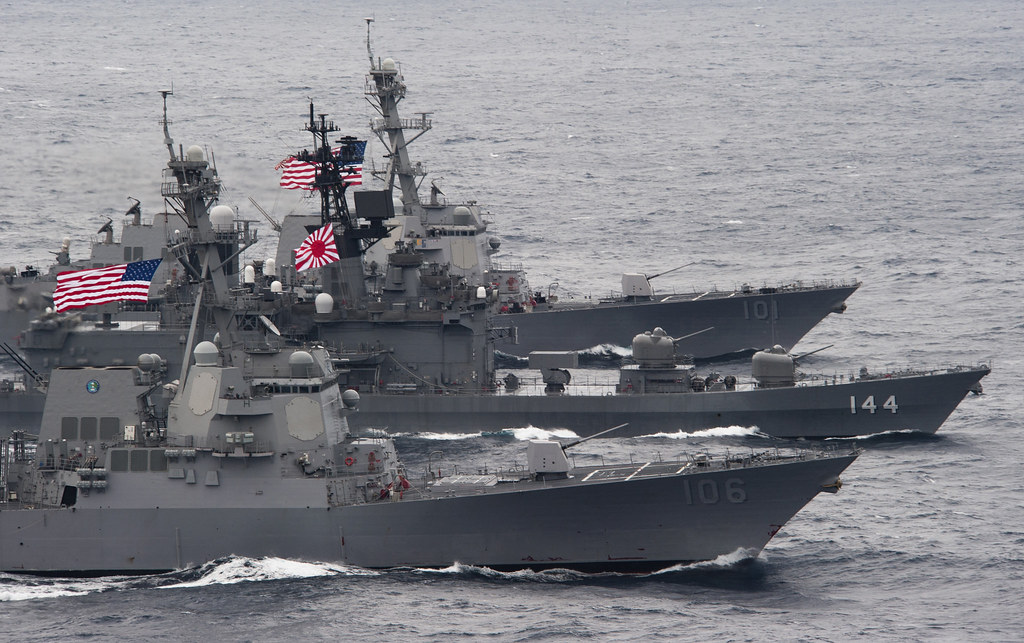BOLKIAH GARRISON, Tuesday 25 November 2014 – SHHBIDSS held the Regional Strategic Environment Series this morning at Sultan Haji Hassanal Bolkiah Institute of Defence and Strategic Studies (SHHBIDSS) Lecture Hall which showcased a panel of renowned experts in Asia-Pacific namely Dr Carlyle Thayer, Emeritus Professor at the University of New South Wales, Australia Defence Force Academy, Australia, Dr Tim Huxley, the Executive Director of the International Institute of Strategic Studies (IISS), Singapore, Dr Jim Rolfe, Director of the Center of Strategic Studies at Victoria University of Wellington, New Zealand, Dr Mark Rolls, Senior Lecturer and Director of the International Relations and Security Studies Programme at University of Waikato, New Zealand, and Dr Li Mingjiang, Associate Professor from Rajaratnam School of International Studies, Nanyang Technological University, Singapore.
The talks focused on power dynamics in the Asia-Pacific region which contributes to the patterns of today’s military modernisation, the prospects of escalating tensions stemming from misperceptions, and the importance of defence diplomacy both at the bilateral and multilateral to ensure regional stability. The Series sought to provide a scanning exercise for strategic planning, in turn allowing participants to get a clearer understanding of the growing and complex defence and security challenges as well as appreciate the implications to Brunei’s interests.
Present at the seminar were the Deputy Minister of Defence, Dato Paduka Haji Mustappa bin Haji Sirat, the Commander of the Royal Brunei Armed Forces, Yang Dimuliakan Pehin Datu Pekerma Jaya Major General Dato Paduka Seri Mohammad Tawih bin Abdullah as well as members of the Defence Executive Committee, service commanders, directors and officers from the Ministry of Defence and officers of the Royal Brunei Armed Forces.


























